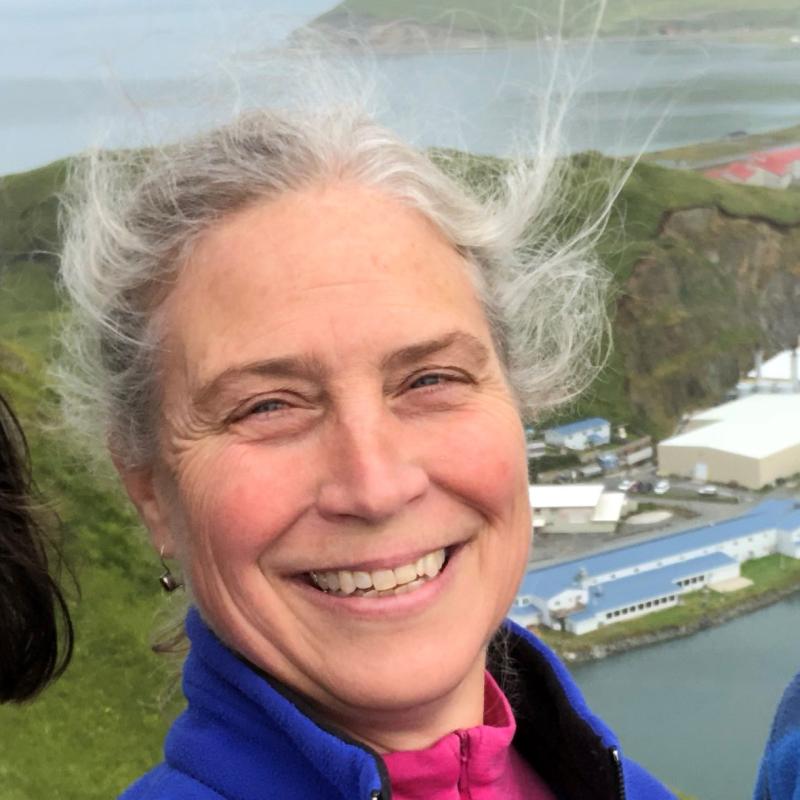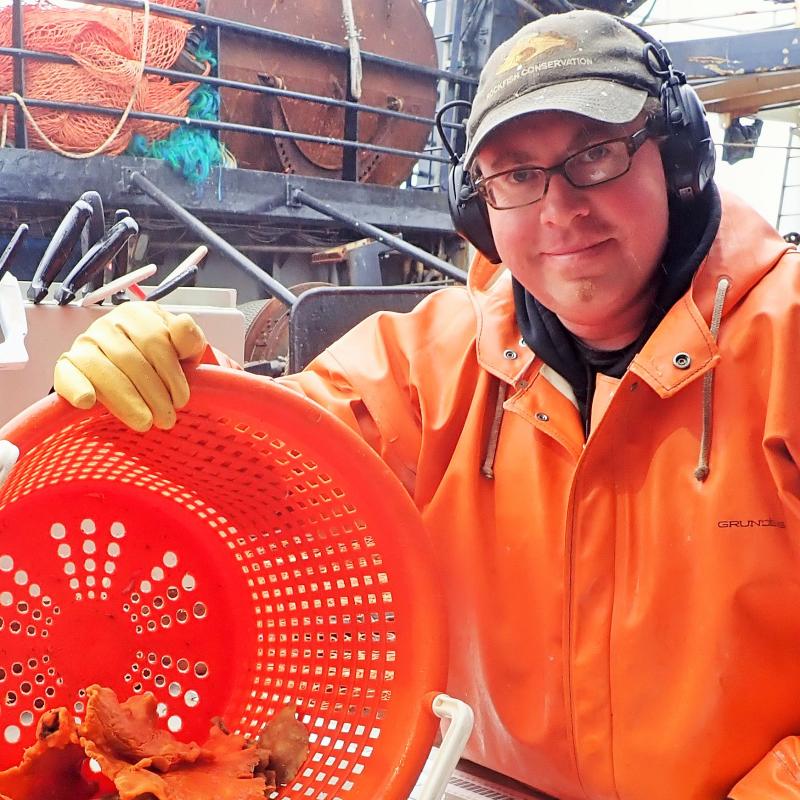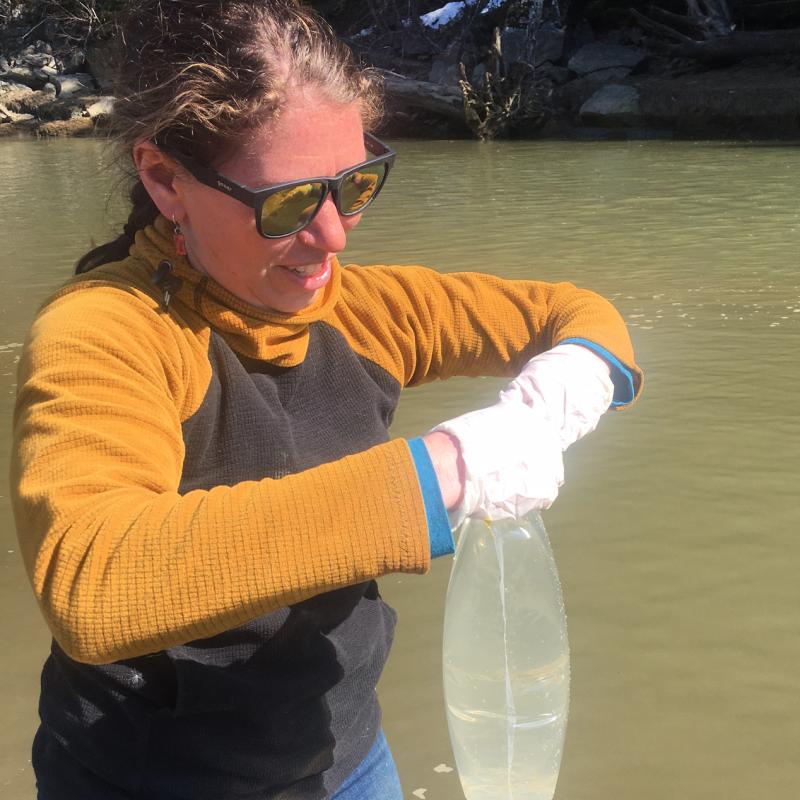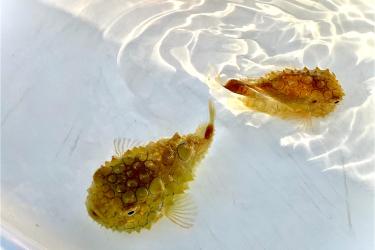After a productive first half of the research cruise, we pulled into Yakutat, Alaska, a remote community located in Northern Southeast Alaska. Yakutat is surrounded by a vast wilderness, abundant wildlife, and legendary surfing waves.
We came here to exchange scientific crew and make some repairs to our drop camera system and winch. Thanks and congratulations to all who participated in Leg 1.
Job well done!
On Leg 1, we completed 125 drop camera deployments and made 248 eDNA collections. We made observations across a wide range of habitats, from inshore protected waters down to almost 800 meters along the continental shelf and upper slope.
Along our way, we have had to overcome some obstacles.
Fieldwork can seem very glamorous when read about in magazines or when seen on TV. What is not shown are the long hours and dedication it takes to make it all work. When doing fieldwork you can virtually guarantee that something will go wrong, be it equipment failure, extreme weather, or something else totally unforeseen. Successful fieldwork often requires excellent problem-solving skills and resilience.
During our time at sea, we had a few problems with our drop camera system communicating with the surface and with our winch cutting out during the deepest dives. To fix these, we decided to take advantage of our time in port to swap the wire on our winches and to re-terminate the connection to our cameras.
This process meant that we had to remove all of the thousands of feet of wire from both winches, make some electrical repairs, and then respool the wire back on the winches. Luckily we have a resourceful team who was able to make these repairs with the materials on hand and without any delays.
With a reinvigorated system, we are now ready to continue our explorations.




